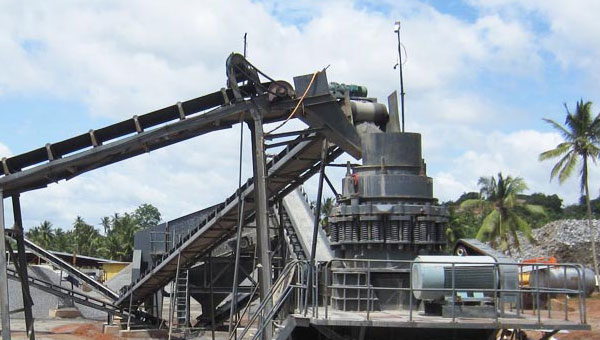Ore beneficiation is a crucial process in the mining industry that involves the separation and enrichment of valuable minerals from raw ores. The aim is to increase the value of the ore by removing impurities and maximizing the concentration of desirable elements. To achieve efficient and effective ore beneficiation, the utilization of high-quality ore beneficiation machines is essential. These machines play a pivotal role in ensuring the economic viability of mining operations and contributing to sustainable resource management.
One of the key aspects of a good-quality ore beneficiation machine is its ability to effectively separate valuable minerals from the gangue (unwanted materials) present in the ore. This separation is typically achieved through techniques such as gravity separation, magnetic separation, froth flotation, and electrostatic separation. A high-quality machine must exhibit exceptional precision and reliability in carrying out these separation processes to ensure optimal recovery rates of valuable minerals.

Efficiency is another critical factor in ore beneficiation machines. An efficient machine not only maximizes the recovery of valuable minerals but also minimizes the consumption of energy, water, and other resources. Energy-efficient machines contribute to reduced operational costs and environmental impact, making them a preferred choice in modern mining operations.
Incorporating advanced automation and control systems is also a hallmark of a good-quality ore beneficiation machine. Automation helps in optimizing the beneficiation process by adjusting parameters in real time, based on the characteristics of the ore feed and the desired output. This level of automation leads to consistent product quality, increased throughput, and reduced human intervention, ultimately enhancing the overall efficiency of the operation.
Durability and robustness are crucial attributes of ore beneficiation machines, given the often harsh and abrasive environments they operate in. The machine components should be made from high-quality materials that can withstand wear and tear, thereby reducing downtime and maintenance costs. Regular maintenance routines and timely replacement of worn-out parts are essential to keep the machines running smoothly.
